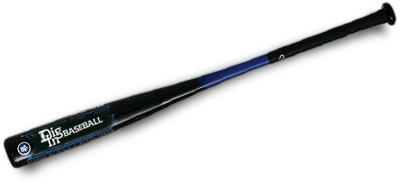"Cheating" In the Outfield
Posted in: Team Results
“Cheating” In The Outfield
Outfield is more challenging than people realize. It’s difficult to judge a fly ball on the distance it’ll carry, depending on wind, or the arc or spin on the ball. When the ball’s hit, your first step should be back. It’s easier to run toward the ball than backward. You may position yourself based on the hitter’s talent. You might adjust your position depending on pitch count. If it’s a right-handed batter, on a 0-2 count, you’d position yourself for him to hit opposite field. The right fielder would move in a few steps. The center fielder would move toward the right field gap. The left fielder would be in the left field gap. It’s vice versa for a lefty batter. On an 0-2 count, he won’t try to pull the ball. He’ll be trying to just put the ball in play. The only time you might see an aggressive swing on a 0-2 pitch is if it’s the best hitter. Your best hitter usually can hit opposite field with power. So he wouldn’t be trying to pull the ball anyway. Say the count is 3-0, 3-1, 2-0, or 2-1. You’ll move toward the batter to pull (unless you know the batter’s tendencies to hit opposite field). These are hitter’s counts. If a right hander has those counts, the left fielder would back up and cheat toward the line. The center fielder would cheat the left-center gap, and the right fielder would cheat the right-center gap.
As an outfielder, you don’t know exactly where the batter is going to hit the ball, but think of scenarios. Where’s the guy batting in the lineup? How big is he? Have you seen him hit before? Where did he hit? On what count? Even after the first pitch you’ll be able to tell tendencies. Say it was a fastball and the right-handed batter swung late. That tells you he’ll be late again and will likely hit to right field. What’s the pitch count? Pitch count is important in outfield play. If you have a hitter’s count, you’re envisioning him hitting to the left-center gap (right-handed hitter) because he has a hitter’s count. Sometimes it doesn’t work that way. Sometimes you have to go on past experience of where the ball is hit on which count. What strategies do you use to anticipate where a ball will go in the outfield? When have you been surprised on a play, and why? ~ By Coach Brett Daly. Coach Daly, a coaching alum of Dig In Baseball, in his senior year helped Sherwood High School in Sandy Spring, MD to a 21-1 record and to the state championship.Contact him at bdaly@diginbaseball.com.





